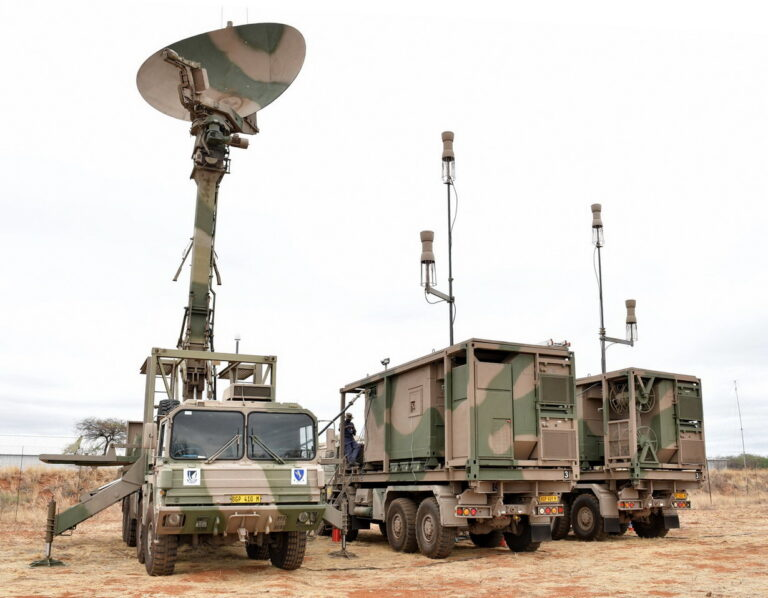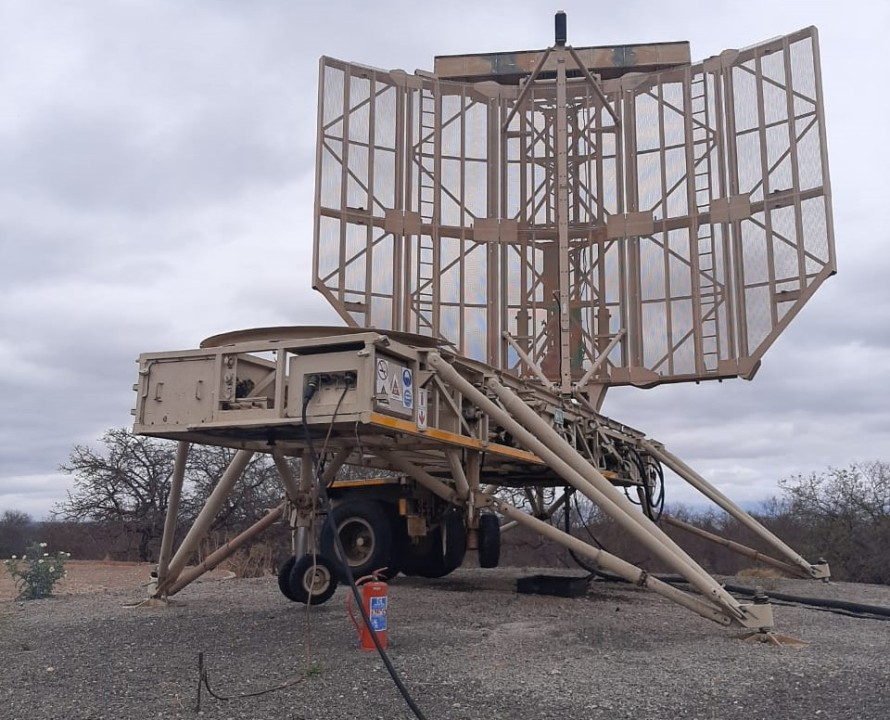
Introduction
Since gaining independence in 2011, South Sudan has faced the formidable task of building a civil aviation system from the ground up. Among its most pressing aviation safety priorities is establishing effective airspace surveillance. Without reliable radar, communication systems, or trained personnel, the country has historically operated under procedural control—a method prone to risks in both civilian and humanitarian operations. As domestic and international flights increase and geopolitical instability lingers, South Sudan must overcome critical security and technical challenges to build a robust surveillance system. This article examines the current state of airspace monitoring in South Sudan, recent efforts to improve coverage and safety, and the complex barriers to modernization.
The Status Quo: Procedural Airspace Control
Due to limited infrastructure, South Sudan has long relied on procedural control, where air traffic controllers manage aircraft separation using time, altitude, and estimated positions—without the aid of radar or real-time tracking. This method is especially common in low-traffic or conflict-prone areas, but it poses significant safety limitations in modern aviation contexts.
Juba International Airport (JUB), the country’s primary international hub, manages most of the country’s traffic, but lacks the technological backbone for radar surveillance or comprehensive radio coverage. Flights operating through South Sudanese airspace—especially overflights en route to Central and East Africa—face communication blackouts or must coordinate with ATC centers in neighboring countries, such as Uganda or Ethiopia.
Why Surveillance Matters

Effective airspace surveillance is a cornerstone of aviation safety. Real-time tracking enables controllers to maintain safe separation between aircraft, respond promptly to in-flight emergencies, and detect unauthorized aircraft movements. For a country like South Sudan—bordered by volatile regions and reliant on air access for humanitarian operations and peacekeeping—surveillance gaps increase operational risks and reduce international confidence in its aviation sector.
Moreover, poor surveillance undermines the country’s potential to collect overflight revenues, hampers its integration into regional air navigation systems, and raises insurance premiums for airlines operating within or above its airspace.
Security and Political Constraints
South Sudan’s fragile security situation has complicated the deployment of surveillance technology. The presence of armed groups, shifting territorial control, and sabotage risks discourage infrastructure investments in remote or contested areas. Additionally, the national government has been cautious about installing sensitive equipment—such as radar or transceiver stations—outside major cities due to concerns over asset protection and data security.
Ongoing conflict has also caused the destruction or neglect of existing aviation infrastructure, including navigational aids and communication towers, which must be rebuilt or replaced entirely. Political instability, administrative delays, and procurement challenges further hinder swift progress.
Technical and Financial Challenges
Even under stable conditions, building a functioning surveillance system requires substantial technical expertise, consistent maintenance, and sustainable funding. South Sudan faces a shortage of trained air traffic controllers, aviation engineers, and technicians. Many professionals either left the country during past conflicts or were never trained due to a lack of domestic aviation schools.
Financial constraints are equally severe. Aviation infrastructure is expensive, and South Sudan’s reliance on donor funding and oil revenue—both vulnerable to global market volatility—limits its ability to make long-term capital investments. Many systems, such as radar installations or ADS-B networks, also require ongoing technical support and international licensing, which are difficult to maintain in a fragile economy.
The Push for ADS-B Implementation
In recent years, the Civil Aviation Authority of South Sudan (CAASS) has explored the possibility of implementing Automatic Dependent Surveillance–Broadcast (ADS-B) systems. ADS-B offers a lower-cost alternative to radar by using GPS signals to broadcast aircraft positions to ground stations and nearby aircraft. Many developing nations in Africa have adopted ADS-B to improve situational awareness, especially in regions with difficult terrain or sparse infrastructure.
CAASS has begun collaborating with international stakeholders—including the International Civil Aviation Organization (ICAO), IATA, and regional air navigation service providers—to explore the installation of ground-based ADS-B receivers at key locations near Juba and selected border zones. These would allow for partial surveillance coverage and help in reclassifying portions of South Sudan’s airspace from uncontrolled to monitored.
However, these initiatives remain in early stages due to technical planning requirements and the need for stable power supply, secure sites, and trained personnel to operate and maintain the systems.
Regional Cooperation and Shared Airspace Management
Given its limitations, South Sudan has increasingly relied on support from neighboring countries. Uganda and Ethiopia have historically assisted in managing overflights through South Sudanese airspace by providing flight information services. For instance, aircraft transiting between Addis Ababa and Entebbe often receive procedural coordination from control centers outside South Sudan.
Efforts are underway to formalize such arrangements through regional cooperation frameworks, particularly via the East African Community (EAC) and the African Union’s Single African Air Transport Market (SAATM). These initiatives emphasize airspace integration and may offer long-term solutions by creating shared surveillance zones or centralized flight information regions (FIRs).
However, full integration requires regulatory harmonization, data-sharing agreements, and political consensus—elements still being negotiated. National sovereignty concerns, especially over control of strategic airspace and revenue collection, continue to complicate deeper collaboration.
Opportunities for Progress
Despite the setbacks, there are promising avenues for enhancing airspace surveillance in South Sudan:
- Mobile and satellite-based surveillance: Leveraging portable systems and satellite ADS-B coverage could provide interim solutions without major ground infrastructure investments.
- Training and capacity-building programs: Partnerships with ICAO, regional aviation schools, and international NGOs can help develop a new generation of aviation professionals.
- Donor support and multilateral funding: Infrastructure projects backed by the World Bank, African Development Bank, or United Nations missions could earmark resources for aviation safety.
- Public-private partnerships (PPPs): Collaborations with technology firms could allow for outsourced equipment management and faster deployment timelines.
Conclusion
As air traffic grows in South Sudan and humanitarian and commercial operations continue to expand, the need for reliable airspace surveillance becomes increasingly urgent. While current capabilities are limited and security constraints remain significant, strategic investments in ADS-B technology, regional collaboration, and professional training can lay the groundwork for a safer and more integrated airspace. Overcoming these hurdles will not only boost national aviation safety but also signal South Sudan’s readiness to participate more fully in Africa’s evolving aviation ecosystem.


